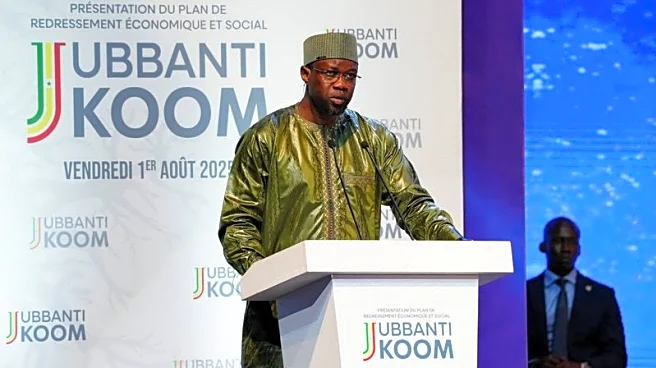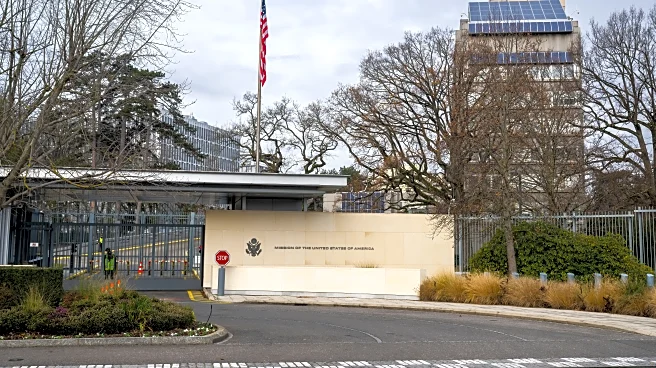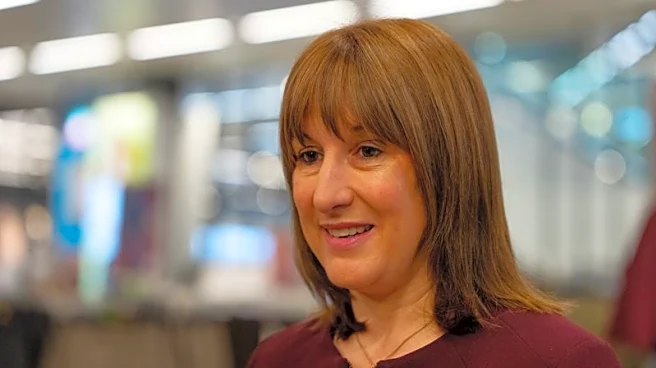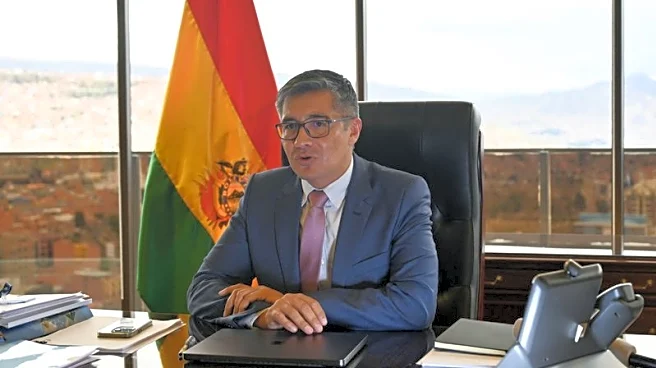By Duncan Miriri
NAIROBI (Reuters) -Senegal's bonds have plunged in November amid uncertainty over a new loan programme with the International Monetary Fund and investor concerns that it might have to restructure its debt - a prospect that Prime Minister Ousmane Sonko has rejected.
Here are some questions and answers on why the country is facing a debt crunch and how the process could play out.
WHY IS SENEGAL FACING A DEBT CRUNCH?
In October 2024, Senegal's incoming new government said it had uncovered
debts that were unreported by its predecessor, though it would take time to determine their full scale.
In July, the IMF estimated this extra debt at more than $11 billion, though those calculations are based on end-2023 numbers. Rating agencies and analysts have estimated it at some $13 billion, over a quarter of total debt.
The IMF responded by freezing Senegal's $1.8 billion financial support programme, triggering a drop in its bonds and a series of rating downgrades.
Bonds rallied last month following a meeting between Finance Minister Cheikh Diba and IMF Managing Director Kristalina Georgieva in Washington, but the mood soured after a subsequent IMF staff mission ended without a deal. The bonds declined further after Sonko said the IMF was pushing for a restructuring, which he rejected, saying it would be a "disgrace".
The IMF said it had discussed various options, but it was up to the government to decide whether to restructure its debt or not.
HOW MUCH DOES SENEGAL OWE AND TO WHOM?
Total debt - excluding borrowing by state companies - stood at 23.67 trillion CFA francs ($42.15 billion) at the end of 2024, or 119% of gross domestic product, government data shows.
Nearly a third of that is domestic debt - including regionally issued bonds and loans.
According to the government, half of the remaining external debt of over $28 billion is owed to multilateral and government lenders, mainly on concessional and semi-concessional terms.
The other half is held by commercial creditors. Senegal has $7.7 billion outstanding in international capital markets - nearly a fifth of total debt, and about a tenth of the total debt in the form of export credits.
The government has relied on regional markets and retail bond sales to fill the gap left by the lack of IMF and concessional financing.
HOW WILL THE REGIONAL FINANCIAL UNION AFFECT SENEGAL'S PATH?
Senegal is a member of the West African Economic and Monetary Union (WAEMU), meaning it shares a regional central bank, a common currency and a financial market with seven other countries including Ivory Coast and Benin.
This provides support: the regional currency, the CFA franc, is pegged to the euro with France providing a guarantee of convertibility, providing stability and low inflation and anchoring external debt servicing costs.
Member states' pooled hard currency reserves at the regional central bank also help with meeting external obligations.
However, there are risks: Senegal's heftier borrowing on the regional market, known as UMOA-Titres, which could have implications for the regional financial system.
Commercial lenders of neighbouring countries like Ivory Coast hold significant Senegalese government debt, S&P Global Ratings has said.
WHAT WILL HAPPEN NEXT?
Senegal received its last disbursement of IMF funding in 2023. Officials in Dakar point out that the government has so far been able to secure at least 70% of the planned 2025 financing in regional and local retail markets - which they say is evidence of the economy's resilience.
The months ahead look challenging, though.
In October, the government revised its projected debt repayments for 2026 upwards by 11% to 5.49 trillion CFA, and said more big payments will fall due in the following two years.
Investors say upcoming external maturities will add to pressure to resolve its misreporting case with the IMF and strike a new support deal, unlocking additional financing.
Both the government and the IMF say a resolution of the misreporting case could come soon. The Fund is working with the World Bank to compile a new debt sustainability analysis, which will inform steps ahead.
The government has also recalculated its gross domestic product, using an updated base year, improving debt metrics due to higher output.
($1 = 566.0000 CFA francs)
(Reporting by Duncan Miriri, Editing by Karin Strohecker and Tomasz Janowski)















